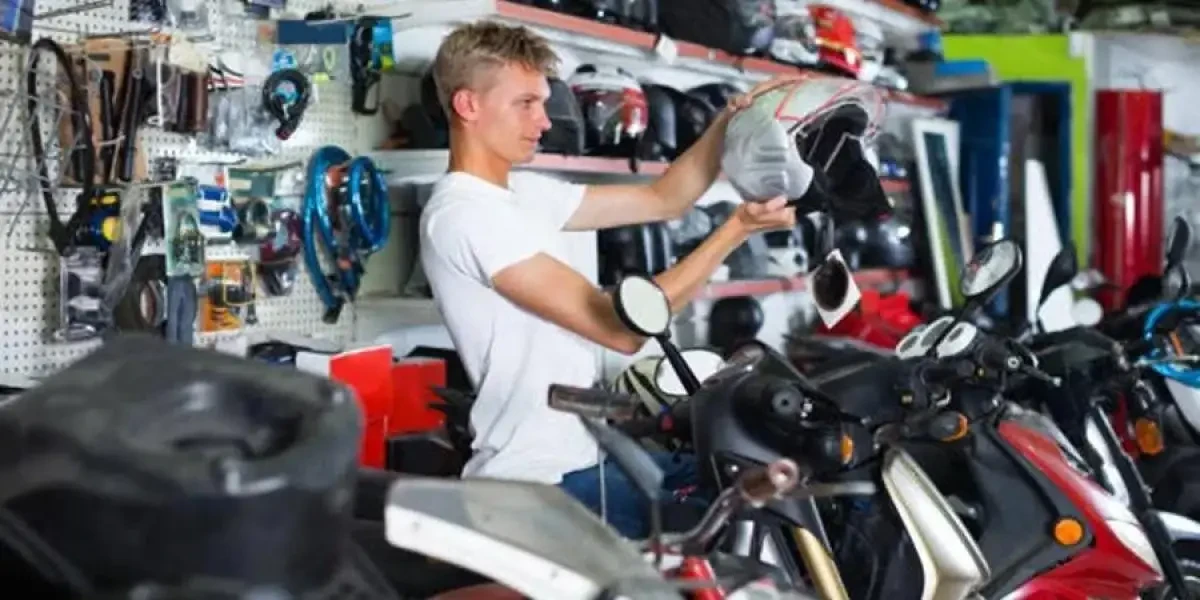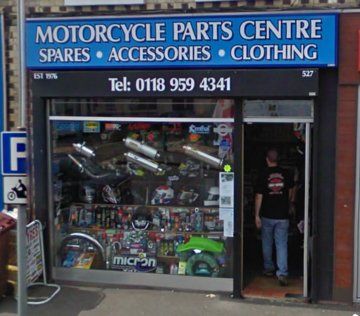Comprehending the Important Parts of a Motorbike: A Comprehensive Guide for Enthusiasts
For bike lovers looking to elevate their riding experience and ensure their bikes run smoothly, comprehending the important components of a motorcycle is paramount. Each component, from the engine's complex functions to the vital function of the braking systems, not only influences efficiency yet likewise safety and security and convenience.
Engine Parts

The camshaft plays a vital role in regulating the timing of the engine's shutoffs, guaranteeing the accurate opening and closing necessary for effective gas and air consumption, along with exhaust expulsion. This timing is critical to maintaining optimum engine performance and effectiveness. Furthermore, the carburetor or gas shot system, depending upon the motorcycle version, is responsible for mixing air with gas in the right proportion for burning.
The air conditioning system, either air or liquid-based, works to keep the engine's temperature within operational limits, stopping overheating and guaranteeing durability - motocross gear nz. Each part, thoroughly made and incorporated, adds to the seamless procedure of the engine, specifying the motorbike's power result and general efficiency
Transmission System
Integral to the motorcycle's functionality, the transmission system makes certain efficient power transfer from the engine to the wheels. This system comprises numerous critical elements, consisting of the clutch, gearbox, and final drive, each playing a crucial role in converting the engine's power into movement. The clutch, generally run by a hand lever, offers to engage and disengage the engine from the transmission, enabling smooth gear modifications and controlled velocity.
The transmission, often described as the transmission appropriate, consists of a collection of gears that riders can by hand move with to adjust the bike's speed and torque result. These equipments are arranged in a sequence that makes it possible for the motorbike to accelerate efficiently and preserve optimum engine performance across numerous speeds. The majority of motorbikes make use of a sequential transmission, requiring the motorcyclist to move gears in a fixed order.
Braking Systems
While understanding the transmission system is vital to utilizing a bike's power, similarly vital is the capability to regulate and stop that power effectively, which is where stopping devices come into play. Brakes are important for security and efficiency, providing the biker with the necessary control to navigate different surfaces and conditions. Normally, motorcycles include two kinds of stopping systems: disc brakes and drum brakes.
Disc brakes are a lot more common in modern motorcycles due to their exceptional efficiency. This system supplies better warmth dissipation, constant performance, and boosted quiting power, specifically in wet problems.
Conversely, motorcycle backpack drum brakes, though much less common, are still located in some motorcycles. They work by pressing brake shoes against the internal surface area of a drum connected to the wheel. While normally less efficient in warm dissipation and stopping power, drum brakes are simpler and much more cost-efficient.
Comprehending these stopping systems' subtleties enables bikers to preserve their motorbikes properly and value the design that guarantees safe and efficient quiting.
Suspension and Guiding
Suspension and steering systems are vital parts that dramatically affect a bike's handling and adventure comfort. The suspension system, containing forks at the front and shock absorbers at the rear, soaks up roadway irregularities, boosting stability and control. Front forks, upside down or commonly telescopic, compress and rebound to minimize influences, while rear shock absorbers maintain tire call with the roadway, essential for grip and safety and security.
Guiding, focused around the handlebars, connects the rider to the motorbike's directional control. The steering head bearings guarantee smooth operation, allowing specific ability to move. Correct positioning and upkeep of these bearings are critical for predictable guiding action and decreasing cyclist tiredness.
The suspension's adjustability is another essential element; preload, damping, and rebound setups allow customization to match numerous riding conditions and designs. This adaptability is crucial for enhancing efficiency, whether browsing urban roads or tackling rugged tracks. Technologies like electronic shock absorber use real-time changes, improving adventure quality across diverse terrains.

Electrical Solutions
After making certain a smooth and regulated adventure through efficient suspension and guiding systems, interest transforms to the electric systems, a pivotal aspect of contemporary bikes. These systems play an important function not just in beginning the engine yet also in powering various components that improve the performance and safety and security of the bike.
At the heart of a bike's electrical system is the battery, which shops electric power essential for beginning the engine and powering auxiliary systems - motorcycle parts nz. The alternator or motorcycle shop near me generator, coupled with the rectifier-regulator, guarantees the battery remains charged while the motorcycle functions, converting mechanical power right into electric power and preserving voltage levels
The ignition system, another important element, is accountable for stiring up the air-fuel blend in the engine's cyndrical tubes. Modern bikes usually make use of a digital ignition system, providing higher efficiency and reliability contrasted to conventional systems.
Lighting systems, consisting of fronts lights, tail lights, and signs, are also important, making certain visibility and safety for the cyclist. Extra digital components such as sensing units, control systems, and displays add to sophisticated features like fuel shot management, anti-lock motorcycle wheel chock braking systems (ABS), and electronic dashboards, further boosting the riding experience.
Final Thought
A thorough understanding of a motorcycle's essential elements, consisting of the engine, transmission system, stopping devices, suspension, steering, and electrical systems, is indispensable for enthusiasts intending to optimize comfort, safety, and performance. Proficiency of these components enables informed decisions relating to upkeep and upgrades, eventually improving the riding experience. By incorporating this knowledge, bikers can guarantee their bikes operate at peak effectiveness and integrity, thereby making best use of both enjoyment and durability of their lorries.
For motorcycle enthusiasts looking to boost their riding experience and ensure their bikes run smoothly, comprehending the essential components of a motorbike is critical.Essential to the motorbike's performance, the transmission system makes sure effective power transfer from the engine to the wheels.While understanding the transmission system is key to taking advantage of a motorbike's power, equally important is the ability to manage and quit that power properly, which is where braking mechanisms come into play. Normally, motorbikes feature 2 types of braking systems: disc brakes and drum brakes.
A detailed understanding of a bike's necessary elements, consisting of the engine, transmission system, stopping mechanisms, suspension, steering, and electric systems, is vital for enthusiasts intending to maximize convenience, security, and performance.
Comments on “Top MX Gear NZ: Prepare for Your Next Off-Road Experience”